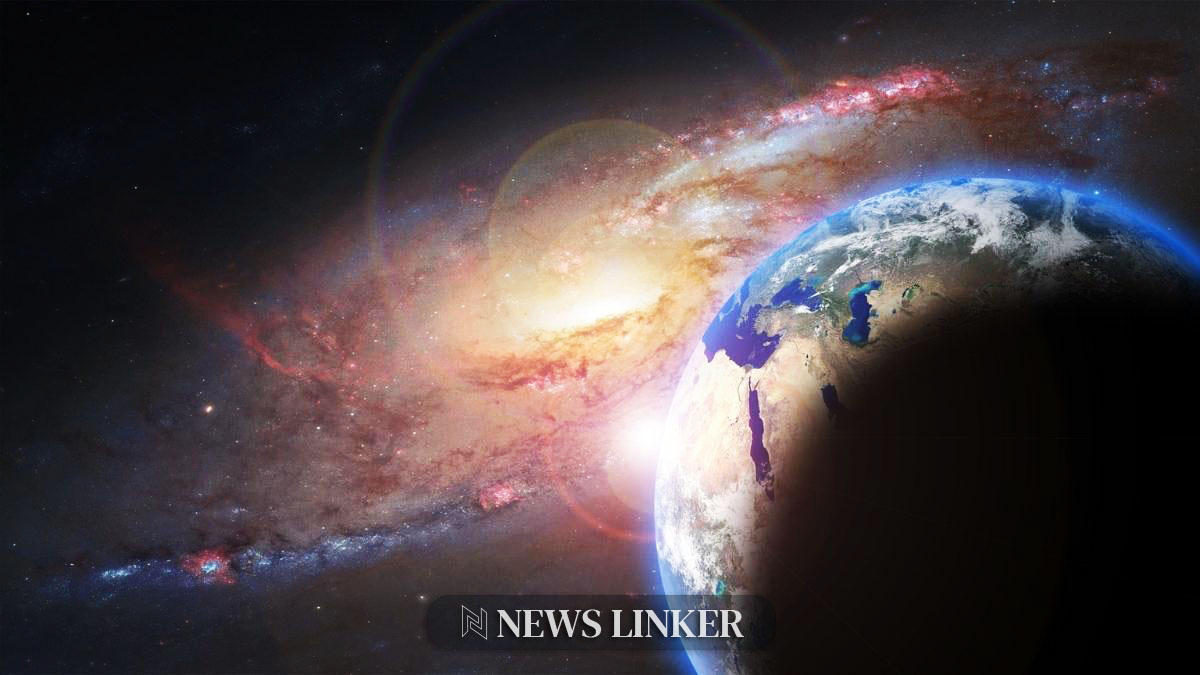The appearance of an evolving dark energy could be reshaping our understanding of the cosmos. The Dark Energy Spectroscopic Instrument (DESI), hosted at Arizona’s Kitt Peak National Observatory, has embarked on a groundbreaking mission to create the most extensive 3D map of the universe. This high-precision endeavor will illuminate the role of dark energy in the universe’s expansion, challenging previous cosmic models and potentially revealing new aspects of our universe’s history and future.
Observations of the cosmos have continuously informed our knowledge of dark energy and the universe’s expansion. In the past, the focus was to accumulate data that could validate the accelerating expansion of the universe, a discovery that awarded the Nobel Prize in Physics in 2011. Since then, technological advancements have allowed for more sophisticated instruments like DESI to not only observe but also map the cosmos in three dimensions, enhancing our grasp of the universe’s structure and the mysterious dark energy driving its expansion.
What Does DESI Tell Us?
Since its inception in 2021, DESI has succeeded in precisely measuring the universe’s expansion over the past 11 billion years. With 5,000 robotic eyes capturing light from thousands of objects nightly, DESI’s data is painting a detailed picture of cosmic structures. The data supports current cosmological models but also hints at potential differences, suggesting the intriguing possibility that dark energy might not be a constant force but one that changes over time.
Why are Baryonic Acoustic Oscillations Key?
DESI’s findings leverage baryonic acoustic oscillations (BAOs), the early universe’s density fluctuations, as a cosmic ruler. By observing the interaction of light from galaxies and quasars with these fluctuations, astronomers can trace the BAO patterns over vast distances, providing a tool to measure how dark energy has influenced the universe’s fabric. A related study, published in the Journal of Cosmic Topology, “Mapping the Cosmic Web with Baryonic Acoustic Oscillations,” highlights the importance of BAOs for understanding large-scale structures and aids in contextualizing DESI’s work.
How Will DESI’s Research Progress?
While the initial data from DESI aligns with the Lambda Cold Dark Matter model, the comprehensive map to be completed over its five-year mission will offer an unprecedented look at over three million quasars and 37 million galaxies. This vast dataset will be vital for confirming or refuting the evolution of dark energy and its implications for our understanding of the universe.
Points to Consider:
- DESI’s 3D mapping may redefine cosmic expansion models.
- Baryonic Acoustic Oscillations serve as a cosmic scale for measuring dark energy’s effects.
- Lambda Cold Dark Matter model faces potential revision as DESI data accumulates.
The quest to comprehend the universe’s expansion and the nature of dark energy is one of contemporary astronomy’s most captivating challenges. DESI’s mission represents a significant step in this endeavor, offering innovative tools to probe the universe’s history. As data accumulates, the evolving narrative of dark energy will become clearer, potentially necessitating a paradigm shift in cosmological models. The implications of DESI’s findings extend beyond academia, potentially affecting philosophical and practical considerations of our place in the cosmos. While we await further data releases, DESI’s initial findings suggest a universe far more complex and dynamic than previously understood, inviting both scientists and the public to reconsider long-held views on the universe’s expansion and the enigmatic force known as dark energy.










